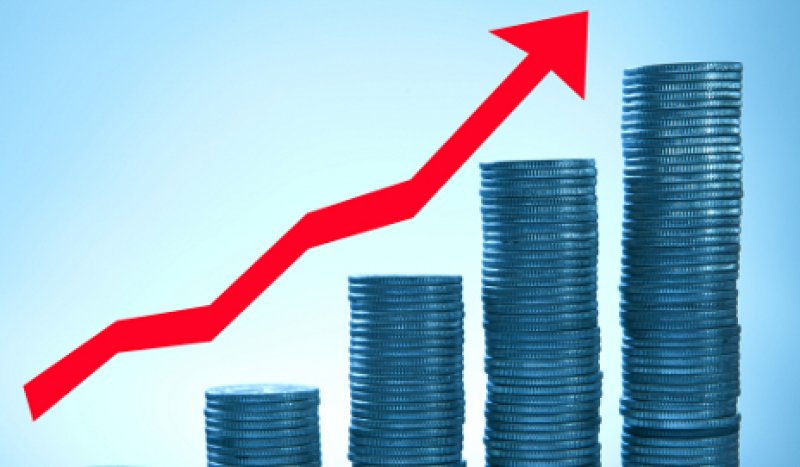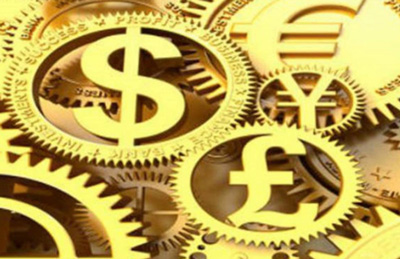
Inflation remains high in the southern parts of the country

Inflation in the southern regions of Karas, Erongo, Hardap, and Omaheke remain elevated, increasing at a slower pace of 5.1% in July compared to 5.6% in the prior year, according to the latest consumer price index released by the Namibia Statistics Agency.
According to the statistics agency, these increase is mainly attributed to a rise in food and non-alcoholic beverages which increased to 6.3% in July compared to 2.7% in July 2018. Moreover, alcoholic beverages and tobacco inflation continue an upward trend in the South, increasing to 7.5% in July compared to 7.4% in the prior year.
The Khomas region also saw food price increases during the month under review, which can be attributed to rising fruits, sugar, vegetables and bread and cereals, which saw an increase of 10.5%, 8.0%, 4.9% and 4.6%, respectively. The region saw deflation in meat and coffee sub-components to 5.1% and 5.8%, respectively in July 2019.
“Due to the persistent drought, we are of the view that farmers are getting rid of livestock for slaughter, thus reducing meat prices,” Indileni Nanghonga, Junior Analyst at Simonis Storm Securities said.
Meanwhile, Kavango East, Kavango West, Kunene, Ohangwena, Omusati, Oshana, Oshikoto, Otjozondjupa and Zambezi regions recorded relatively low food inflation at 3.3% year-on-year however, higher than a 2.8% recorded in the prior year. The regions saw rise in prices of fruits, vegetables and sugar sub-components, which increased to 8.1%, 6.2% and 10.0% in July, respectively.
Furthermore, overall inflation increased at a slower pace to 3.6% in July 2019 compared to 4.5% in the prior year. The statistics agency ascribed this to a 6.9% increase in transport inflation and an 11.9% increase in education.
“Further depreciation in the Rand could translate into an inflation spill-over in terms of imported inflation and fuel price increases. We maintain our fair case inflation forecast of 4.8% with a best case scenario of 4.5% at the end of 2019,” Nanghonga added.








































